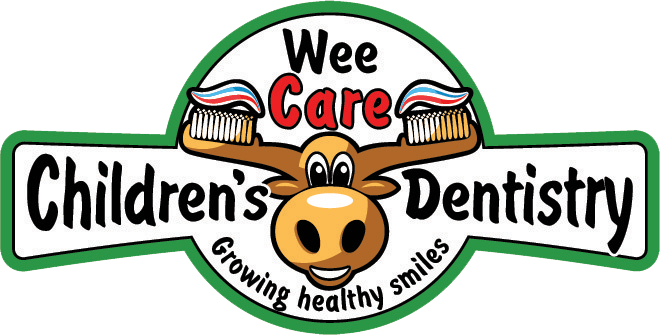Pediatric Dentistry
The Preventive Program
Our dental hygiene program focuses on preventing decay, preserving teeth, and keeping your child’s mouth healthy. Our Hygienists work with parents to make kids comfortable. We encourage parents to be with their child during all visits to our office. Working together, the parents, hygienists, and dentists formulate a customized plan that cares for each child. We recommend each child come in at least twice a year for preventive pediatric dentistry care.
Infant Care
The American Academy of Pediatric Dentistry recommends early oral exams by no later than age 1. Your child’s oral health and how to prevent caries are the primary focus of this first visit. Utilizing a knee to knee exam the dentist works with the parent to complete a dental exam. During this first visit, we discuss dental caries and how to avoid them. We look forward to meeting your child.
Fluoride Treatments
Fluoride aids in demineralization. It also helps prevent demineralization from acid and harmful bacteria. The American Academy of Pediatric Dentistry recommends each child “at-risk for dental cavities” receive fluoride treatments as part of their prevention program.
We brush fluoride varnish on the teeth in a manner similar to applying fingernail polish. This is typically the last step at the end of the cleaning appointment. It is followed by a Xylitol sweetened lollipop!
These simple, painless treatments make your child’s tooth enamel much more resistant to caries. Please do not hesitate to inform your provider if you wish to decline fluoride for your children. We support your parental decisions.
Dental Fillings
We offer several different choices of white filling material. Recommendations of what material to utilize while restoring your child’s teeth depend on their individual needs and desires. For example, a recommendation for a back molar may differ from what we recommend for a front tooth.
A back molar needs to be strong and last until age 12. A front tooth mostly just needs to look nice and last until age 6. We discuss recommendations individually for your child.
Space Maintainers
When a primary molar tooth is lost prematurely, we may recommend a space maintainer to “save” the space created by the missing tooth. One of the functions of your child’s baby teeth is to save space for the arrival of their permanent teeth. These should erupt into the position once held by the primary tooth.
If a primary tooth requires early extraction due to an abscess or severe decay, a space maintainer saves the space. This space needs to be preserved to prevent other teeth from drifting. This can cause crowding and other orthodontic problems. Front teeth do not require space maintainers.
Interceptive Orthodontics
Historically, most patients did not start orthodontic treatment until all of their permanent teeth erupted. Then, they had a “crooked smile” diagnosed around age 12. Waiting this long often necessitated the extraction of several permanent teeth, contributing to a longer, more expensive plan to straighten the teeth.
The interceptive orthodontics technique and philosophy developed to address certain orthodontic problems in childhood. This early intervention and phased treatment can result in fewer extracted teeth. In addition, children are often more compliant than teenagers.
Some techniques used in this interceptive orthodontic phase include arch expansion. This allows more room for permanent teeth and orthopedic growth appliances which enhance jaw growth. They make later orthodontic treatment much simpler. We discuss these early interventions with you if our dentists see a benefit to your child.


